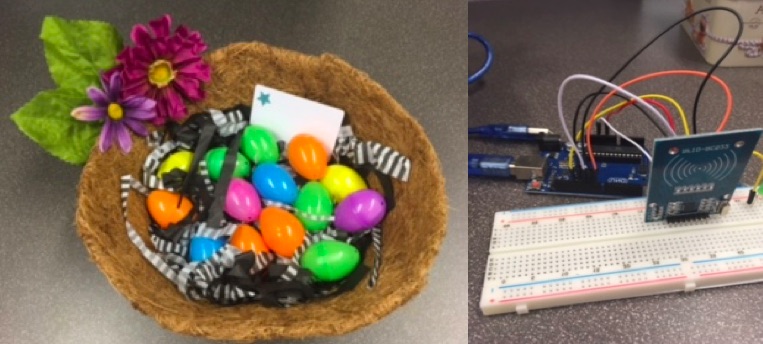My rfidiary kit index
My RFIDiary
JeongHyun Lee
North Carolina State University
 About this Kit
About this Kit

This project is an individual practice for self-tracking digital memories, making my own human-computer memory assemblage through conversation between the "digital me" and "real me." In an increasingly networked society, we have left traces on the Internet – emails, social media posts, blogs, news, and so forth. In the context of sensor-based technologies, even larger data are gathered intentionally and unintentionally. Even though we have forgotten all traces we have left online, digital data are stored and/or continually moved around in different space and time. I understand the multimodal traces in the Internet (images, texts, sounds, etc.) as digital memories of the self, which are shared with machine agents of inscription and storage. Without the archaeological effort of digging out the digital traces of the self, however, the memories are solely taken by machine agents and/or eventually forgotten. As Wendy Chun argues in her book Programmed Vision (2011), digital memory is not enduring; rather we are “enduring ephemeral” through constant interventions into and engagements with it.
In this project, I traced back my digital memories online and dragged them into tangible objects. I searched myself online through my name (both in Korean and English) and my several email addresses. Using Radio Frequency Identified (RFID) tags, I tagged my digital traces from photos, blogs, websites, and video that I found online during self-tracking into different objects. Each object, embedded with a RFID tag, can reanimate a different memory of myself through machine to machine contacts between a sensor and RFID tags. Each physical object opens a different digital memory of me (three websites, two web search results, one video, seven photos, and one music card). Putting RFID tags into an empty egg-shaped container, I created a nest, with fourteen eggs in different colors. This visualizes the archaeological commitment of this project and rhetorically implies a treasure hunt for memories. The tag can be migrated to the real object that shares the stories of each photo and/or video attached to a specific object.
This kit includes code sketches for Arduino and Processing, instructions for creating one's own RFIDiary, visual documents (photo and video), and a critical essay. Using this simple code, all people can recreate their own precious things that embody and evoke specific memories. From self-tracking online to creating and reanimating the RFIDiary, creators will experience a different mode of remembering in the digital age.